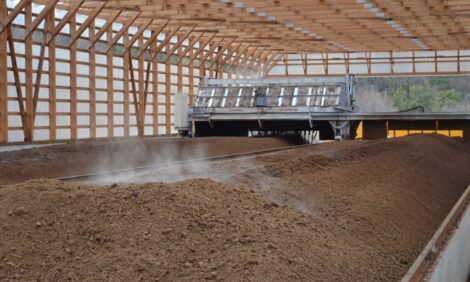



Pest, Weed and Fertility Benefits of Pastured Poultry in Orchards
Poultry can help manage insect pests and weeds in orchards or cropping systems, according to Rex Dufour, NCAT Agriculture Specialist.The weed seed bank on most farms is contained in the top few inches of the soil. Many insect pests also spend at least a part of their life cycle (generally, but not always the pupal stage) in the upper few inches of the soil. This is likely the reason that chickens evolved their scratching behavior - to search for small tidbits of food in the rich upper layers of the soil.
Farmers can use poultry to help manage insect pests and weeds in their orchards or cropping systems. Most orchard pests such as codling moth, plum curculio, fruit flies, thrips and other lepidopteran pests, e.g. leaf rollers and leaf miners, spend a part of their life cycle in the 'chicken-scratch' depth of the soil.
Certainly there are significant management considerations to having poultry in the orchard or field, such as how often to move the birds, the size and configuration of the moveable pens, and how to assure protection from predators.
In addition to pest-control benefits, chickens can provide much-needed fertility, particularly phosphorus, to soils. But the birds' presence needs to be managed to prevent phosphorus or nitrogen run-off.
A typical meat bird will provide 15 pounds of manure during its short life. The nitrogen-phosphorus-potassium (N-P-K) value of this manure is about 40 cents per bird, which is not very much, unless you are raising a lot of birds or you are an organic farmer looking for non-chemical sources of soil nutrients. One laying hen will provide about 22 pounds of manure a year. The manure contributes to soil fertility and supports soil biology as an added benefit.
To access ATTRA's many resources on poultry for more information about these questions, click here.
September 2012








